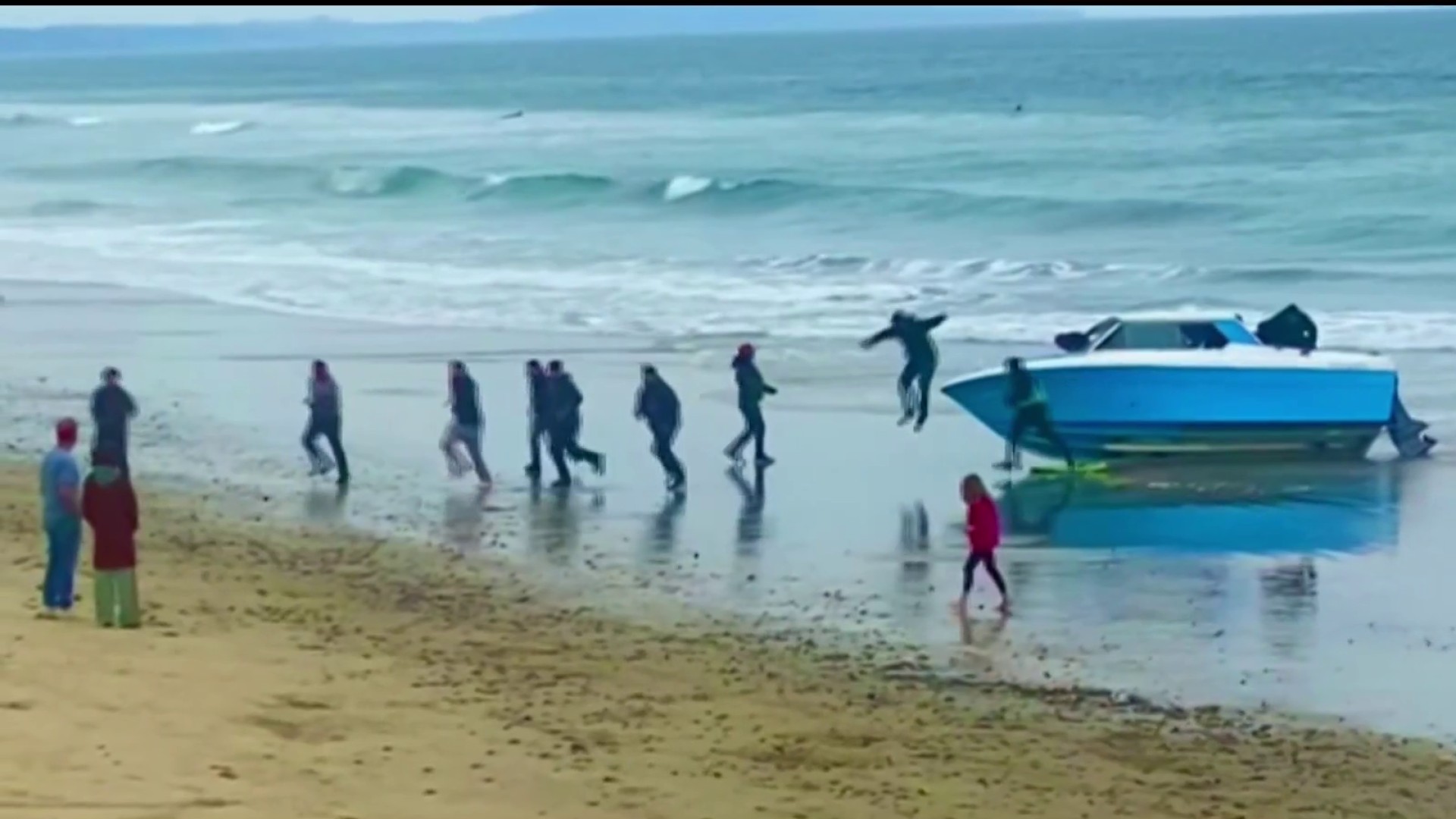The first Sierra snow survey of the winter on Friday confirmed the fears of state water managers, who are warning of drought conditions in the coming year unless the state receives significantly more rain and snow.
Surveyors found mostly bare ground when they tried to measure the snowpack near South Lake Tahoe. Manual and electronic readings showed the water content in the statewide snowpack at just 20 percent of average for this time of year. This year's reading and the one in January 2012 are the lowest on record.
"While we hope conditions improve, we are fully mobilized to streamline water transfers and take every action possible to ease the effects of dry weather on farms, homes and businesses as we face a possible third consecutive dry year,'' Department of Water Resources Director Mark Cowin said in a statement.
MORE: NorCal Mega Millions Winner Identified
The winter snowpack in the northern and central Sierra provides about a third of the state's water supply.
At this rate, the state estimates it will be able to deliver just 5 percent of the water requested by 29 public agencies this year. Those agencies supply more than 25 million Californians and nearly a million acres of irrigated farmland.
The calendar year that just ended was one of the driest on record in California, leaving reservoirs at historic lows and leading some cities to implement water restrictions. Farmers also are taking steps to prepare for a severe reduction in water during the summer growing season, conditions that could force them to fallow crops and sell off livestock.
Local
Gayle Holman, spokeswoman for the Fresno-based Westlands Water District, the nation's largest federal irrigation district, said growers in the San Joaquin Valley would likely fallow hundreds of thousands of acres. They would opt against planting row crops while they save water for permanent crops such as fruits and nuts.
Some already are pulling up orchards they can't afford to irrigate.
"What that means then is less of a food supply that we pretty much take for granted,'' Holman said.
As if to underscore how dry California's winter has been so far, firefighters were monitoring a 200-acre blaze that started Thursday in the Lassen National Forest in far Northern California, an area that usually is covered with snow this time of year.
The immediate culprit is a stubborn ridge of high atmospheric pressure that is pushing storms north of California, said Michelle Mead, a forecast meteorologist with the National Weather Service in Sacramento. The ridge is expected to weaken next week, bringing some rain and snow to Northern California, before it builds once again by mid-January.
The rest of the winter is projected to bring below normal precipitation to Southern California, while she said it is too soon to tell whether late winter in Northern California will be wet, dry or average.
Also Friday, an interagency task force held an organizational meeting to begin planning for a possible drought but plans to wait until late February to see how the winter plays out.
Randall Osterhuber, a researcher at UC Berkeley's Central Sierra Snow Lab near the Sierra summit, said the snowpack there is about 35 percent of its historic average, although he's not panicking.
"We have the bulk of the winter in front of us,'' he said. "It's really these big storms that carry the year, so this all could change in just a matter of days.''
Just three years ago, the Sierra snowpack was so heavy it was crushing the roofs on mountain cabins.
Folsom Lake, east of Sacramento, is particularly hard hit and is having the largest effect so far on both the surrounding communities and the fish that depend on releases from its dam. The lake is less than 20 percent of its capacity.
Last month, the neighboring city of Folsom took the most drastic action in the region by requiring residents to trim their water use by 20 percent and restricting lawn watering to twice a week. Unlike nearby cities, Folsom gets all its water from the lake.
Mayor Kerri Howell said the city might ban all outdoor landscape watering, end construction permits for swimming pools and consider building an above-ground pipeline to a neighboring water district.
Earlier this week, the U.S. Bureau of Reclamation reduced flows from Folsom Lake into the lower American River despite fears that it could leave salmon eggs high and dry. More cutbacks are likely in the coming days as the bureau balances the needs of wildlife against those of farmers and cities.
"Nobody wants to see a bad salmon season,'' Howell said. "But at some point, you have to make a decision which is more important: the salmon run or people having water in their kitchens.''



